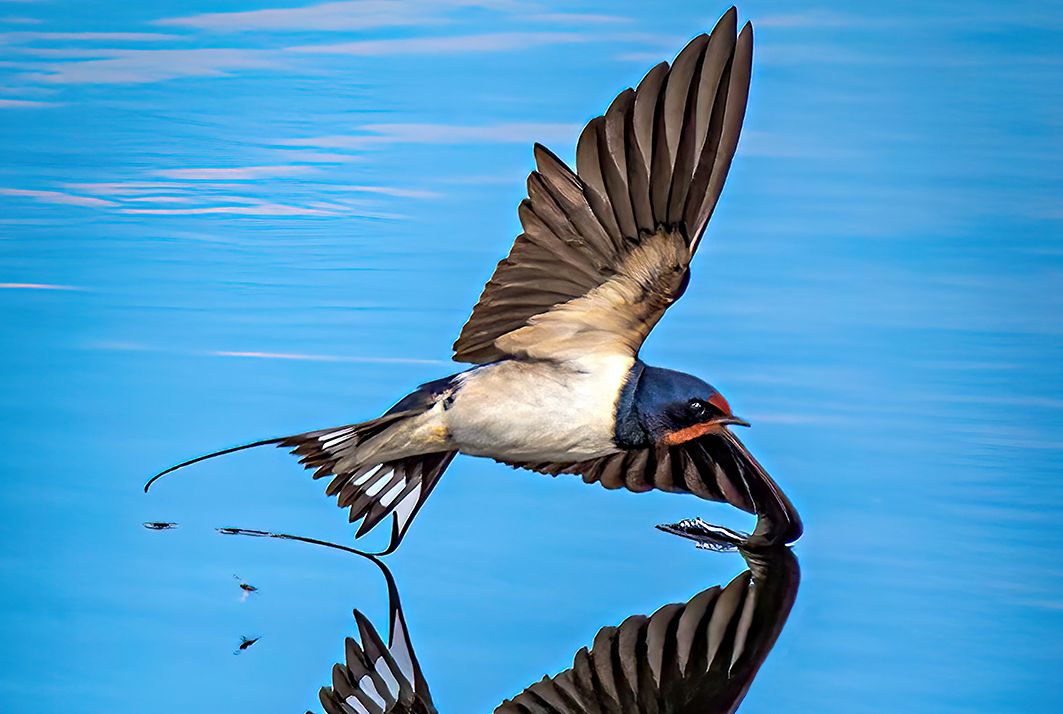22 июня 2023
In this article, I'd like to discuss something I often mention in my articles, but have never tackled in full: the notion of originality. Originality in art in general, in photography and most specifically, in landscape photography. I'll try to compare it to the notion of originality in other kinds of art I've been involved with, and I'll talk about the different kinds and levels of originality and the methods I use to achieve it.

Photography is an extremely accessible pastime. A very large number of people have access to ever-improving photographic gear, to cheap flight tickets and to a large database of photographic locations, and they take more and more images around the world. When it comes to landscape shooting, people travel with their cameras all over the world, to many famous and beautiful locations. If you consider the number of locations and compositions worth shooting to be limited, then this fact is bound to result in very similar imagery being made again and again. This isn't a problem in itself, not at all. But the issue arises when someone is trying to create art.
Art equals creativity equals originality
I have no intention of defining what art is – this article isn't the place for that and countless books have been written about it. I do, however, intend to share my personal view on the matter and claim that a minimum requirement, a necessary (but not unique) condition in order that a piece of work be considered artistic is some sort of creative aspect or originality. I'm sure anyone would agree that doing the exact same thing as someone else doesn't sound like making art, but different aspects of creativity have different measures of what it means to be creative, and so may indeed be treated differently. I think I could sum up my stance with a simple assertion: art equals creativity equals originality.
Creating art is different from shooting an image. For example, if a person creates an original, creative composition, then one could claim that this person has made art, regardless of the technical or compositional qualities of the image, even regardless of how interesting the subject matter is. But if someone then sees the image and copies it, that second person has not created art. This should make sense for most people, but evidently it's a standard many photographers don't follow. An overwhelming chunk of 'serious' photographic work is far from original, some images to a greater extent than the rest. Some photographers post blatant, almost exact copies of other people's work, and fail to mention that fact, as if it doesn't make a difference. But in reality, it makes all the difference.
Here is a story, and it's true. A friend of mine, a leading landscape photographer, once saw a person looking for a composition in a well–known location. When he talked to him, it appeared that the person had an iPad and was walking around with my friend's shot on the screen, trying to get the same exact shot. If this doesn't feel weird to you, we might disagree. But if it does, then I guess we can start discussing it.
